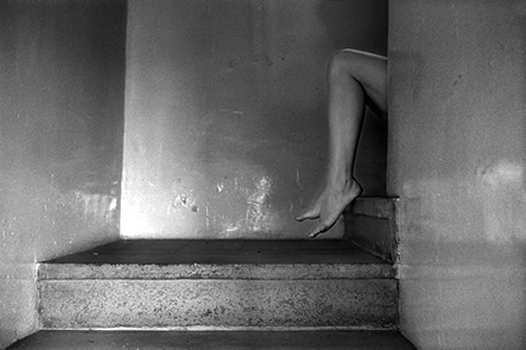_____________________________________________________________________________________________________________
2
In the first issue we defined 1:1 as a magazine that, in the cartographical terms of its name, establishes a projection scale from one to one, in which the artist teaches about his work and the reader gets close and interprets it, in which the artist initiates the work through creation and each reader finishes it by reading it; in that sense, we want to have both a work to represent and a reader to observe it, there is no collective viewpoint.
We also defined 1:1 as a magazine of creation, investigation and expression of photographical art. Each artist shows (only) one work, not a gallery or collection,
and for the works that are part of the center of 1:1 – the so-called propositions - this implies that they are a composed whole, with several images and texts, that like books, literature, music, cinema or theater, haven’t been seen or read as a whole before.
With this, we are not defending the imperative to see every work in whole, but we do acknowledge that if we don’t do that, we’ll have to admit that we left a work unfinished, perhaps reduced to some random photos of a particular author. In that case, we even risk damaging the intention with which the work was created.
Finally, we defined 1:1 as a magazine of mixed image-word works, perhaps even of works of shared authorship by photographer and writer.
The history of art criticism has many tendencies that define and emphasize in
Meeting point in Photography

